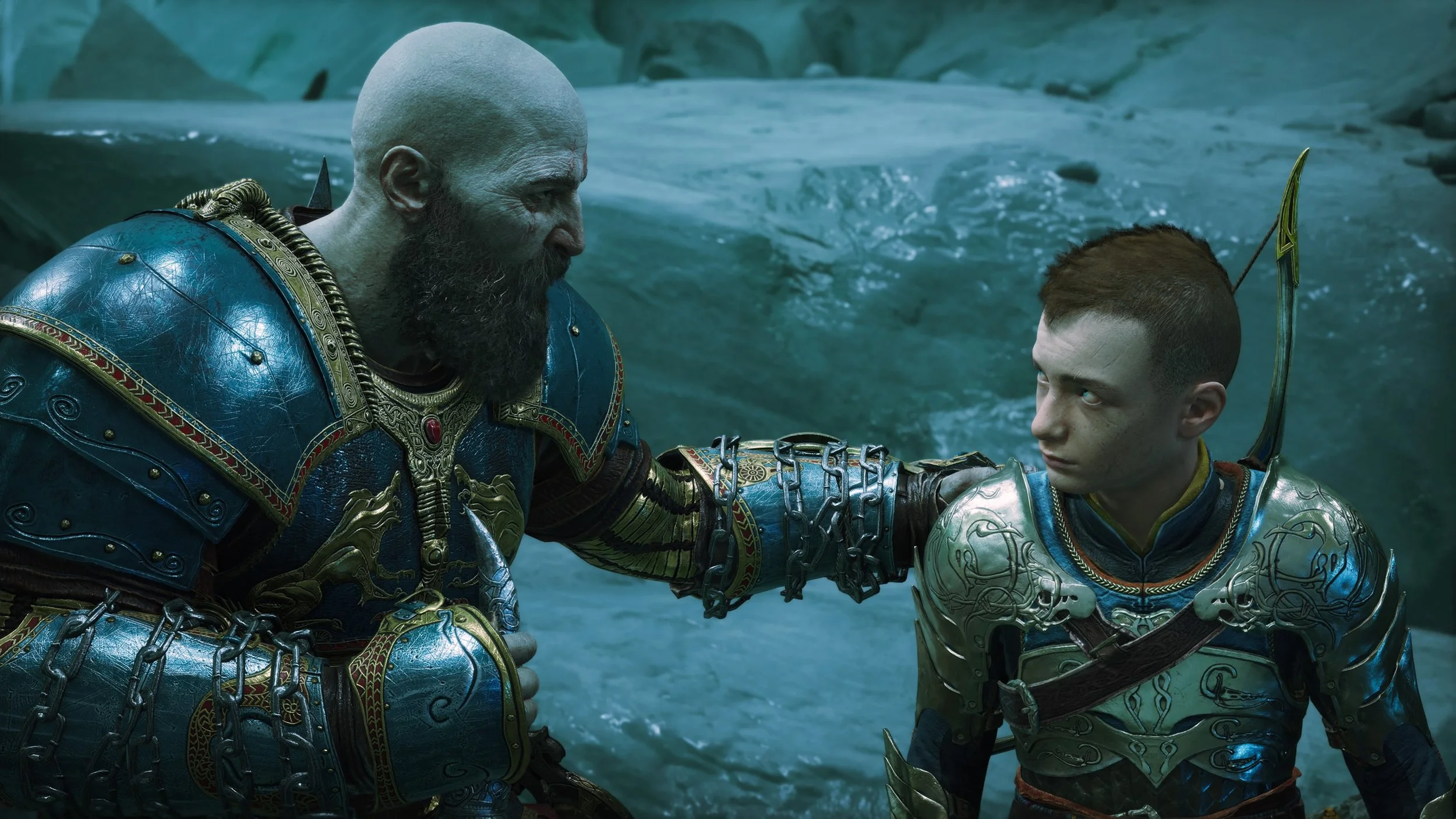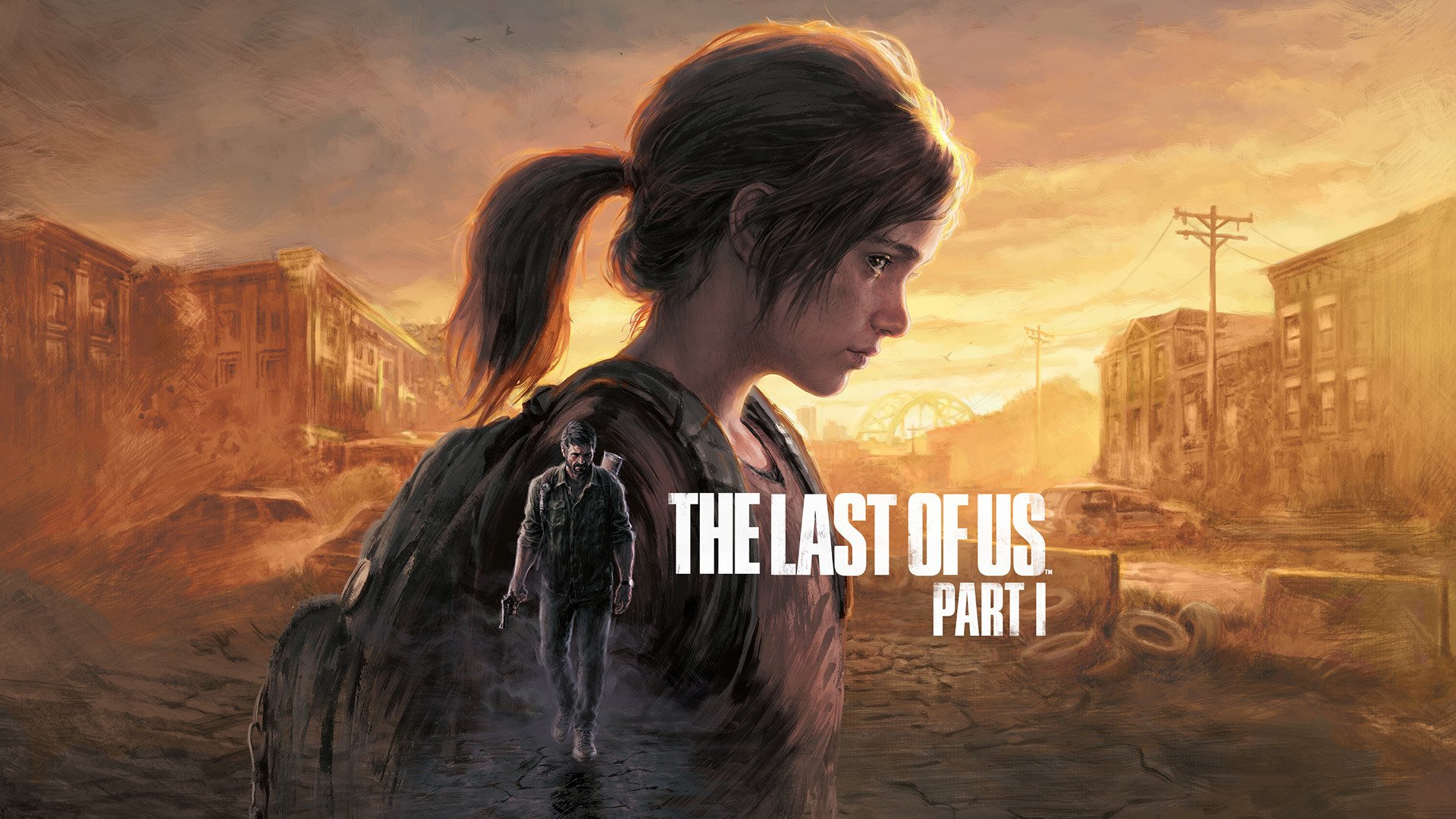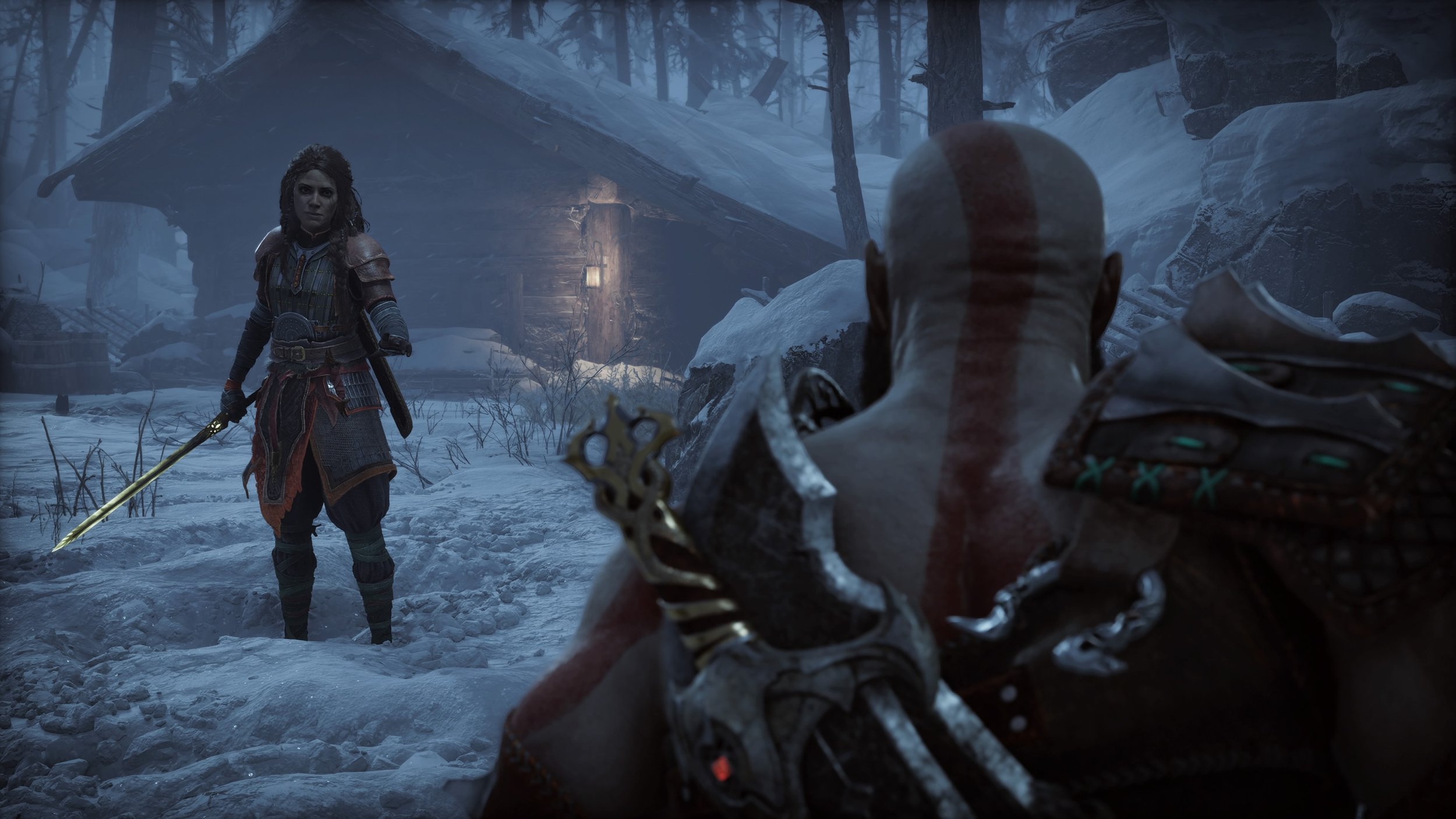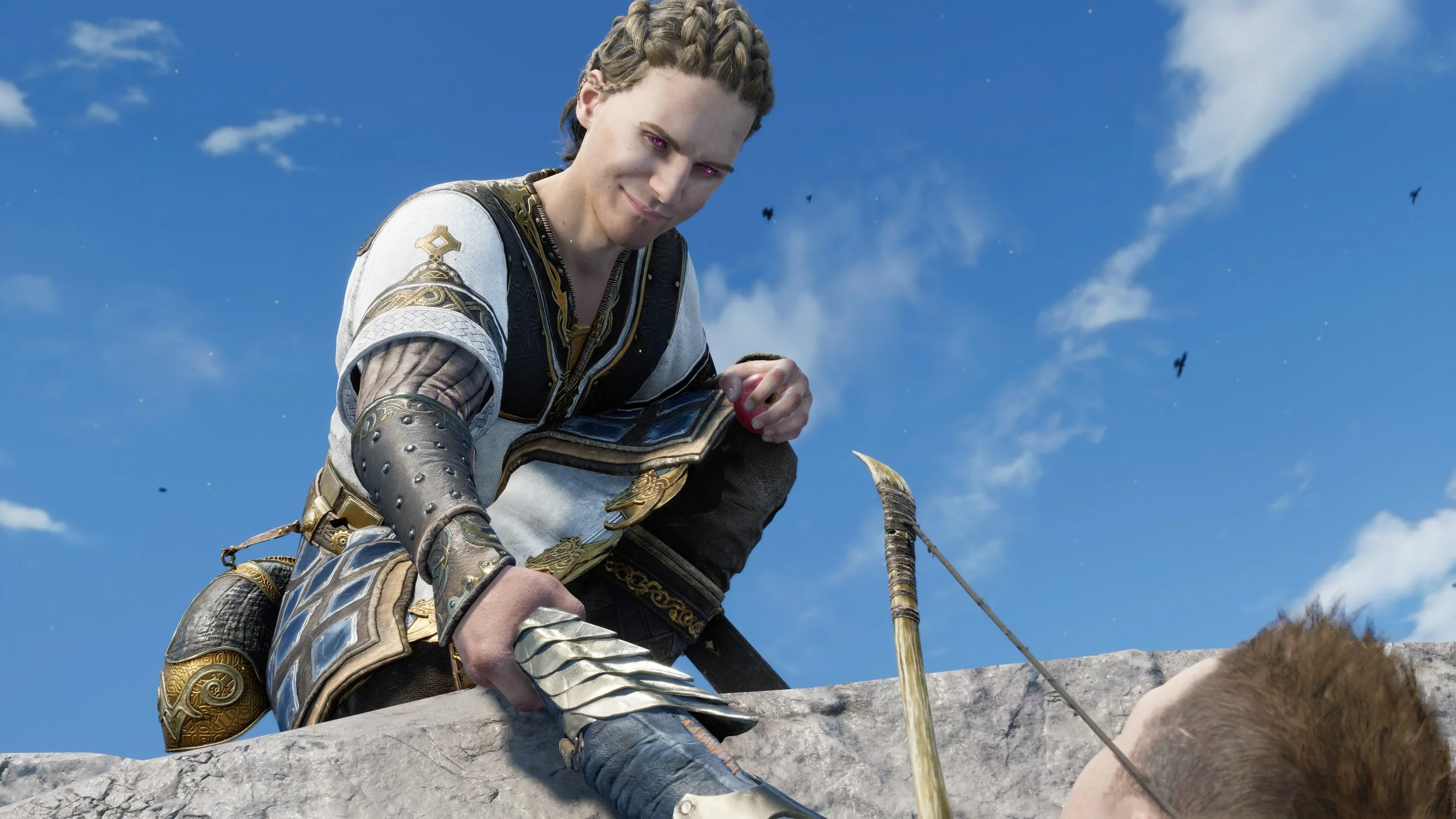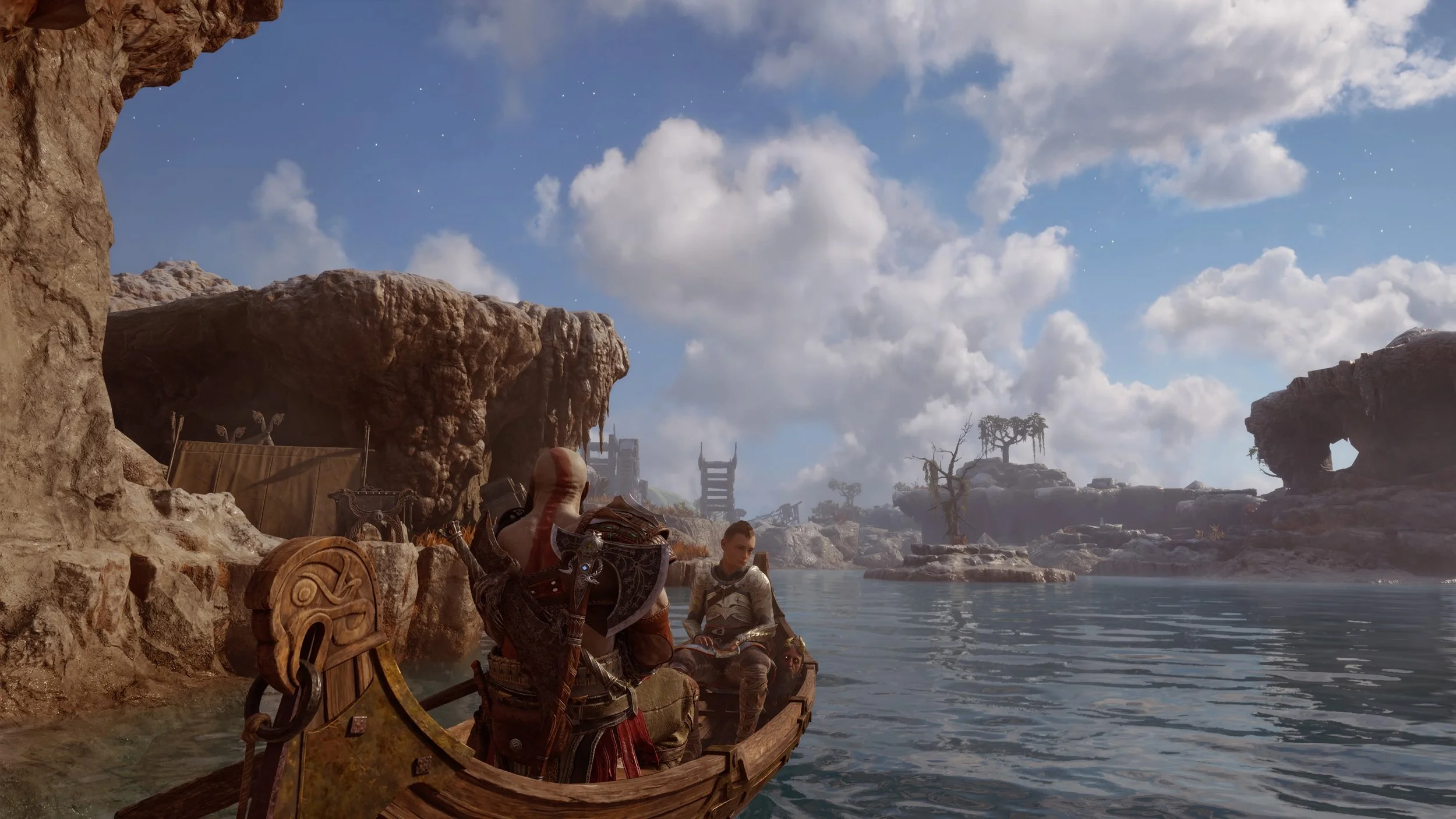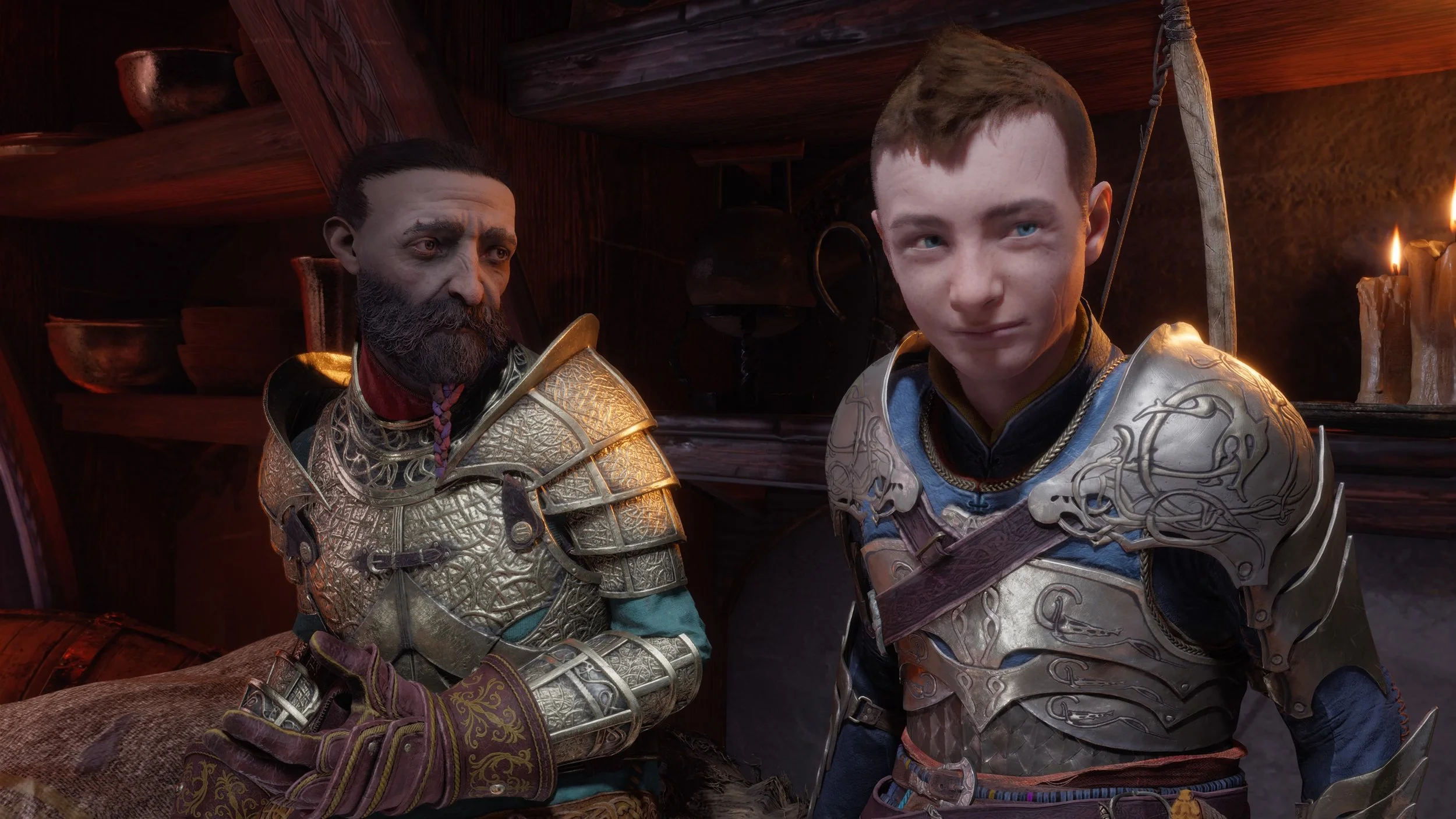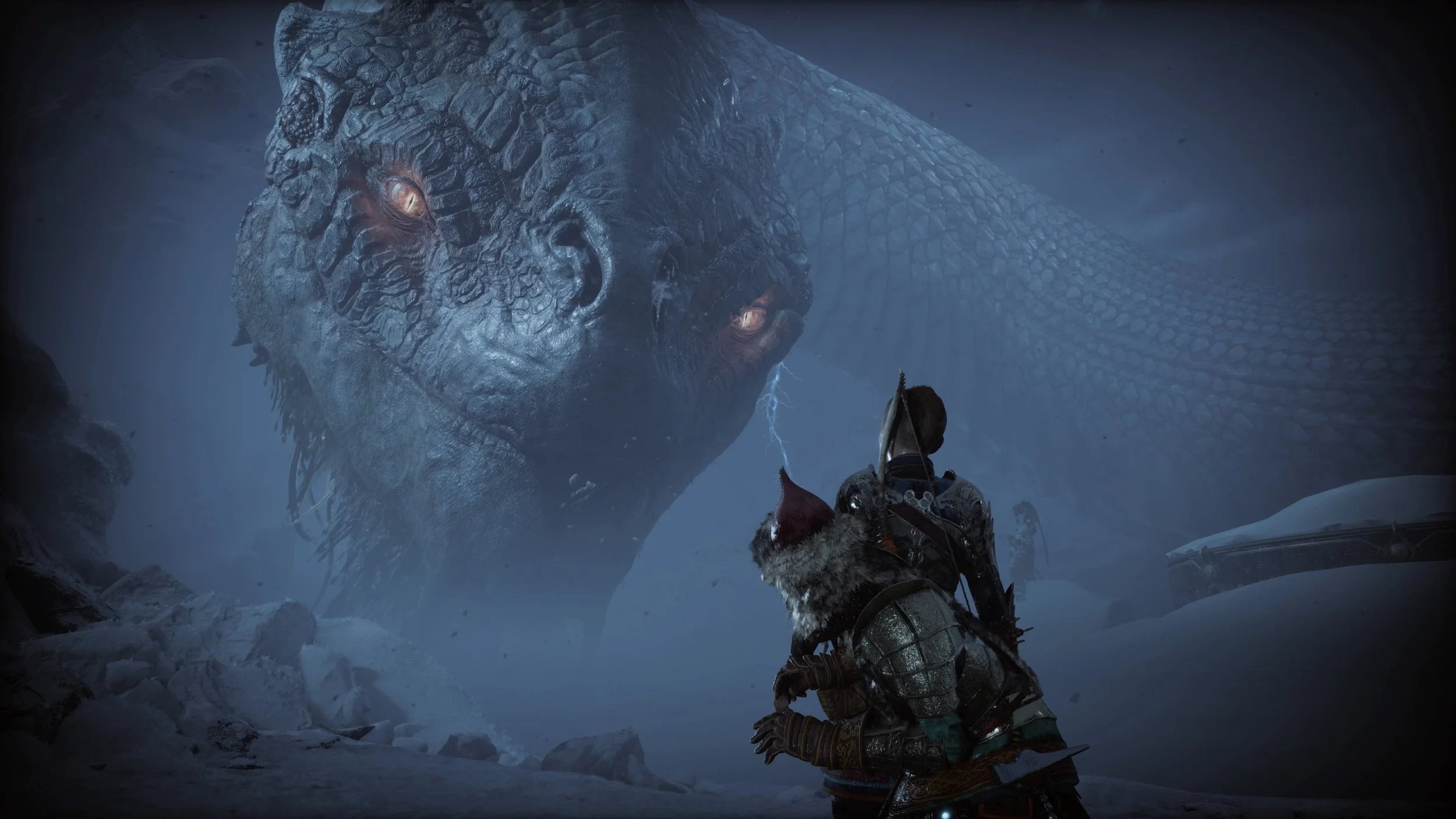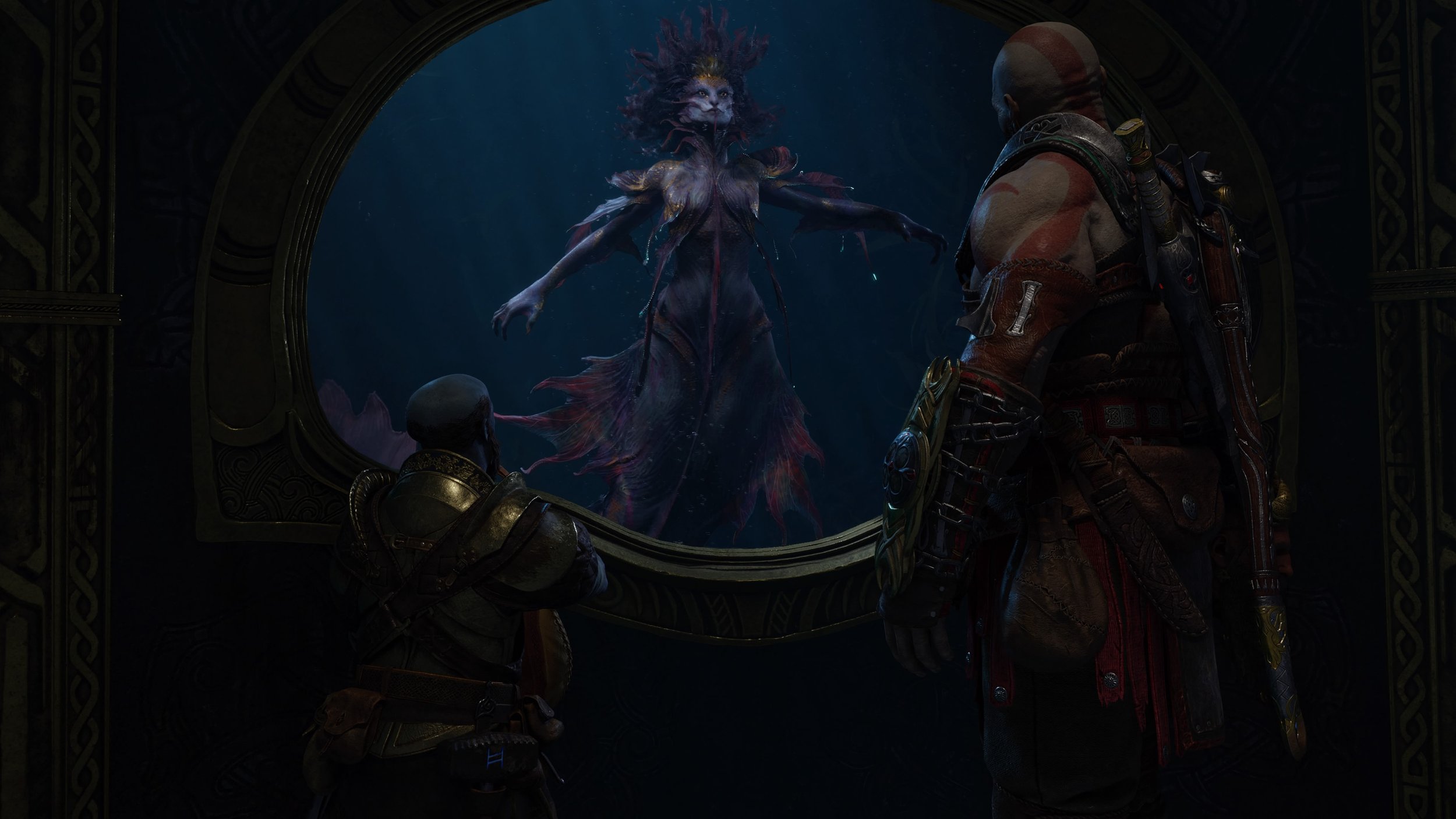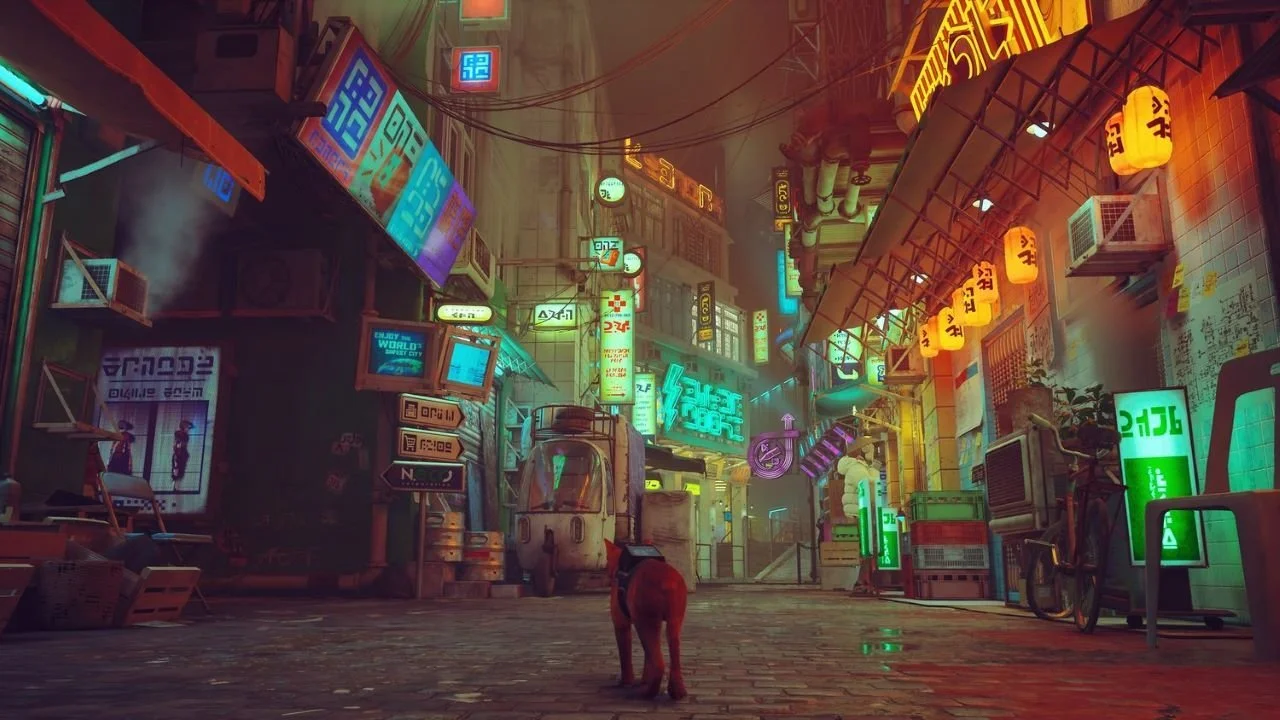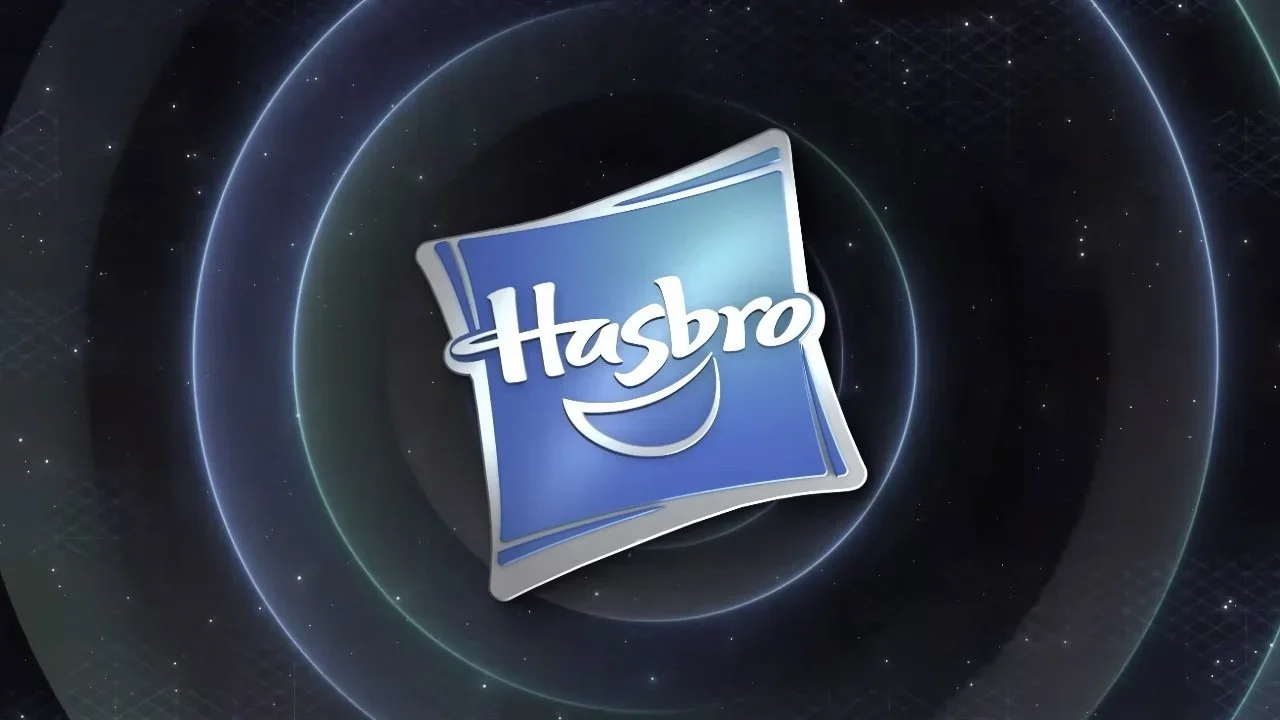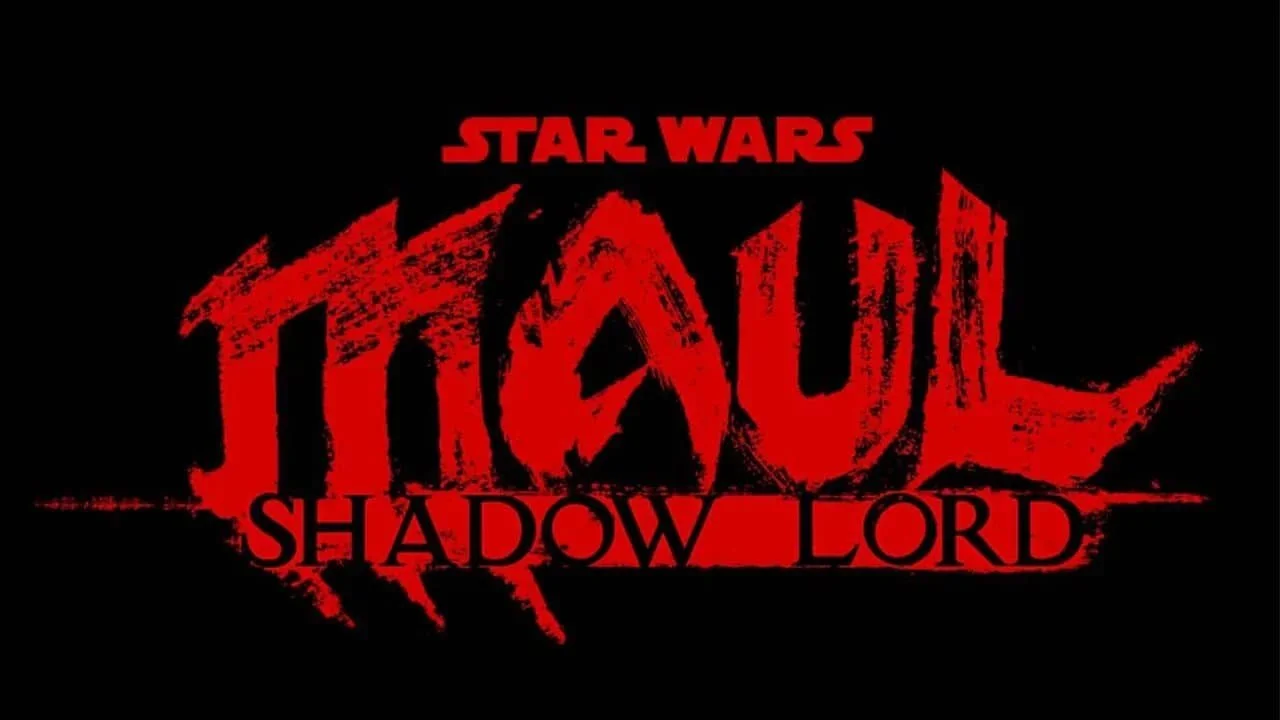‘God Of War: Ragnarok’ Review: That Platinum Is Absolutely Worth It
Image Source: Personal Screenshot From PS5 Version
I often go for the Playstation platinum trophies when reviewing AAA adventure games. As a writer and journalist who knows several developers in the gaming community, I just appreciate how much work goes into the craft. The collaborative effort of creative teams over many years. This is why I sought to complete every single thing in God of War: Ragnarok for this review.
Produced by Sony’s Santa Monica studios, the highly anticipated God of War: Ragnarok is everything great that made its predecessor fantastic and so much more. It is a story about family and legacy. Loved ones lost and the people left behind. Told as a coming-of-age tale of Atreus, who is now leading the duo on their quest, much of Ragnarok is a character study of Kratos playing a supportive father along the journey, choosing compassion over chaos and learning how to care instead of needlessly kill. At its core, the series takes a step forward in philosophizing over the nature of the Norse gods and their problems that seem so fundamentally human.
RELATED:
Story
Image Source: Personal Screenshot From PS5 Version
God of War: Ragnarok is a tale about defying prophecy. Wherein its predecessor was a quest to seek the highest mountain to scatter Fey’s ashes, Ragnarok excels in being character driven. It is not about finding places as much as it is about finding people. The allies in the oncoming war have conflicting interests that end every chapter on some tremendous cliffhangers. Ragnarok is less forward of a game and more of an open world with much to explore.
You see this in the game’s earliest moments when it surprisingly delivers on the conflict between Kratos, Atreus (Loki), Thor, and Odin. For something that is meant to happen mid-game, the game shockingly rips the band-aid off right away as every god seems like they’re on edge and wants peace… though for Odin, of course, under his own terms. The nine realms are terrified that Fimbylwinter is here. Environments have become disaster hazards, and Ragnarok, the end of all things, will soon be here. Naturally, this is a perfect time (quite literally, the first few minutes) for the game to also introduce Freya’s quest for vengeance, who is not exactly happy given the previous events of the last game involving the death of her son, Baldur.
There are deeper layers to the story for what is easily the best-written God of War to date. The journeys of Freya, Brok, Sindri, and Atreus will not only sway you but also surprise the player on different emotional levels. It will break your heart. It will make you laugh, cry, and, surprisingly, grow to care for these companions.
Image Source: Personal Screenshot From PS5 Version
What’s incredible is that this sentiment extends outward into the world’s lore this time around. There are towns and mythologies explored in the nine realms between giants, elves, and dwarves. Each location shares foreboding tales with the Nordic gods. Surprisingly, these quests and side stories touch upon not just the nature of aggression in war, but also the consequences of a failed peace. Vanaheim’s and Joutenheim’s heartbreaking tragedies help you learn about their histories.
It’s in these themes that Ragnarok is a better narrative. Whereas God of War was a hero’s journey to a destination, Ragnarok is one about both acknowledging and defying destiny. The path is less linear, which is why side quests become so integral to the story, as almost everyone is trying to defy the fates that Ragnarok set for them.
That said, the game does have its lighthearted moments as well. Mimir has become more of a comedic relief, and the many in-game passive conversations really fill in the game’s many silent modes of travel. Sledding, boating, or bifrosting to a new location will often trigger these fun little sidebar stories. There are also unique dinner table conversations. And if you really want to try it, feel free to troll the NPCs by repeatedly interacting with something much longer than you’re supposed to.
Image Source: Personal Screenshot From PS5 Version
The character designs are finely detailed, from mannerisms all the way down to wardrobe. Tyr looks like a giant Jesus. Heimdal, a teenage bully. Its attention to detail at its finest tying back to actual Norse myth inspiration. Tales where Thor is less glamorous as a golden-locked god and more of a brute with a drinking problem.
Likewise, the voice acting is superb. Sunny Suljic’s Loki has literally grown into the role, and Richard Schiff’s Odin plays the all-father well as a business-scheming trickster, much like the all-father in Norse mythology. In addition, Christopher Judge excels in making Kratos not just an angry warrior this time around but also showing his softer side as he desperately tries to save the people he has grown fond of.
Graphics
Image Source: Personal Screenshot From PS5 Version
It should be stressed the environment is twice as large as the original game. The lighting is bright, and the level designs are lush with details. The landscapes of all nine realms are unique for each world, much of which gets unlocked in the latter half of the game. When you realize just how much of it there is… it will quite literally make your jaw drop.
The game has two modes of visualization. Performance mode delivers smooth motions in combat set at 1440-2160P and 60 FPS. While the quality mode is native 4K, it is locked in 30 FPS which can seem stutter-like on certain monitors. However, quality does deliver better screenshots, which will be nice for when the game implements its own photography mode in a future update.
Gameplay
Image Source: Personal Screenshot From PS5 Version
Upon loading the game for the first time, Ragnarok does a great job of immediately addressing the game’s accessibility. Everything is completely customizable, from button layouts to volume sounds, image adjustments, and sensitivity. The haptics feels fantastic and integrated well for a PS5 title. Running, weapons clashing, and sledding deliver haptic vibrations and resistance triggers that feel very purposefully designed for a sense of immersion. You can also add checkpoints to mini-boss fights now, making the game’s combat easier.
Controls are about the same as God of War with quick attack, heavy attack, dodge shield (though with expanded parrying added), and specials. Kratos’ abilities are tied to his swords, axe, fists, and (newly introduced weapon I’m omitting for spoilers) combinations. Atop of this, you will also get to partner with and play as some new companions in different sections of the game (obviously, with Atreus being one of them).
Some in-game mechanics that remained the same are the Nornir trials, which were slightly reworked. What’s neat is that the rewards vary, so it’s less about finding specific chests and more about just opening all you can find. The Idunn apples (for HP) and horns (for Rage) have become evenly distributed. Likewise, Ydrissil’s dew droplets still boost Kratos’ different stats. Hunting the eyes of Odin mostly unlocks unique armor and grants Kratos the best AOE damage abilities in the game.
Opening the game’s many chests, along with defeating enemies, grants the crafting materials. These are used to upgrade weapons, the most essential of which are in Muspelheim’s challenges, not unlike the original game. However, these smith-forged items work differently in that there really isn’t a game-ending armor set such as the Valkyrie armor in the last game (even the Berserker armor is just ok). Instead, Ragnarok lets you decide which armor suits you combat-wise, with multiple types and amulet slots for different builds.
You can also sell shattered runes for hacksilver to unlock these many equipment sets. Artifacts are also sellable in the game as the journals keep track of all of the lore in the story. More than anything, this time around, you are absolutely encouraged to play the game how you will. The numerous goals, such as labors (kill X amount of enemies), favors (quests), and accomplishments along the path, grants Kratos much-needed extra XP.
Image Source: Personal Screenshot From PS5 Version
Abilities can now be upgraded by repeating them in combat. Leveling these combos stronger from bronze to gold skills grants tokens that can be used to adjust your character’s playstyle. At the cost of 1,000 XP per token, Kratos can learn a buff—a mod token, to be precise—that can increase a move’s damage, stun, elemental effects, momentum, or protection. This token is swappable for each other type at any point.
Using these skills allows you to stack your special abilities together for epic combos. Whether you’re more defensive, offensive, stunning, momentum building, elemental, or dodge-counter focused depending on the amulet and weapons Kratos’ uses. Atop of this, difficulty levels can be adjusted to your preference with no penalty to your achievement trophy hunting in any way if you would like to make the game’s battles easier.
Probably the biggest combat change is that Kratos now has three paths for his Spartan Rage. There is Kratos’ traditional fury god mode (where he pummels with his fists), his valor heal mode, and the surprising favorite: wrath mode, which lets him deliver powerful weapon blows that heal him. The amount of customization is incredible compared to before, and when combined with powerful amulet stacks found in the game, you can change Kratos’ stats and focus in unprecedented ways.
Finally, Kratos gets a new weapon in the series that has a reach and is more of a defensive weapon. It is easily the best projectile in the game seen thus far, though not as reliant as Atreus’ bow.
Pros And Cons
Image Source: Personal Screenshot From PS5 Version
There are a lot of Easter eggs in this game, and most of it becomes obvious during a platinum run. It is impossible to catch everything in a single playthrough. For instance, there are things like the little turtles being completely invulnerable or Odin having no peripheral vision. There are also neat exploits to find in the game, such as the Nidhogg boss fight, where you can farm your skills to max early on. Some battles have endings that are determined with a preset kill blow, giving you enemies with infinite HP for you to farm. There is also the Niflheim practice arena where Kratos…never dies.
The AI companions are very helpful. Your companion will always head towards the right path to progress the story. Going in the opposite direction almost always rewards the player with loot or a side quest. Companions will also comment when you have found everything in the area or if you don’t have the equipment needed to pass a task for now. I will admit, the hint system did make puzzles a great deal easier, which isn’t terrible given the sheer volume of those in the game.
However, finishing all the side quests are better saved after you have beaten the game, as that is when you will unlock many of the abilities needed to get through in-world barriers. This sucks for players like me who like to finish every side quest before the ending. It is actually impossible to do this time around (no moment of glory “platinuming” after beating the final boss, sorry). I’ll also admit the camera locks feel bad this time around with those Berserker fights zooming in a bit too much in front of you. This makes you blind to the ones flanking you when there are multiple ones to fight in battle.
Verdict
Overall, God of War: Ragnarok is in a difficult spot as its predecessor was such a groundbreaking change in the franchise’s history. That said, it is a step up in almost every sense of game development, with a fantastic story you won’t want to spoil for yourself. This Game of the Year contender was easily one of the best platinum achievements I’ve ever had the pleasure of pursuing, and the game’s dozens of gameplay hours make it worth grabbing a copy right now.
Rating: 10/10
Developer: Santa Monica Studio; Publisher: Sony Interactive Entertainment; Player: 1; Released: November 9th, 2022; ESRB: M for Mature Blood and Gore, Intense Violence, Strong Language; MSRP: $69.99
Review played on PlayStation 5
READ NEXT:

